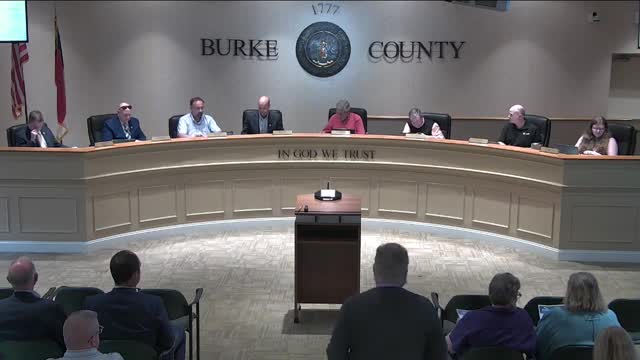Burke County Planning Board supports zoning changes for mixed-use development
May 07, 2025 | Burke County, North Carolina
Thanks to Scribe from Workplace AI , all articles about North Carolina are free for you to enjoy throughout 2025!

This article was created by AI using a video recording of the meeting. It summarizes the key points discussed, but for full details and context, please refer to the video of the full meeting. Link to Full Meeting
The first item on the agenda was a zoning map amendment requested by local builder Brian Smith. Smith seeks to rezone a 4.5-acre portion of his 23-acre property along US 64 from residential to rural mixed-use. This change aims to accommodate a blend of residential and commercial activities, reflecting the area's existing character, which includes both homes and businesses. The Planning Board unanimously recommended approval of this request, highlighting community support during the public hearing. This amendment is expected to provide Smith with the flexibility to utilize his property for various purposes, including potential housing developments in the future.
The second discussion centered on a proposed zoning text amendment designed to simplify and modernize Burke County's zoning ordinance. Glines emphasized the need for adjustments to better reflect current conditions and to alleviate housing challenges. Key changes include revising minimum lot sizes based on utility availability, which could lead to more efficient land use and development. The amendment also aims to streamline the ordinance by consolidating repetitive site plan requirements and enhancing clarity in development standards.
These proposed changes are part of a broader initiative to engage community stakeholders, including builders and residents, in shaping Burke County's future development. The county plans to gather input from various groups to ensure that the zoning regulations meet the evolving needs of the community.
As Burke County moves forward with these amendments, the focus remains on fostering a balanced approach to development that supports both residential and commercial growth while addressing the pressing housing situation. The next steps will involve public hearings and further discussions to finalize these important changes.
Converted from May 5, 2025 Pre-Agenda Meeting meeting on May 07, 2025
Link to Full Meeting
Comments
View full meeting
This article is based on a recent meeting—watch the full video and explore the complete transcript for deeper insights into the discussion.
View full meeting
